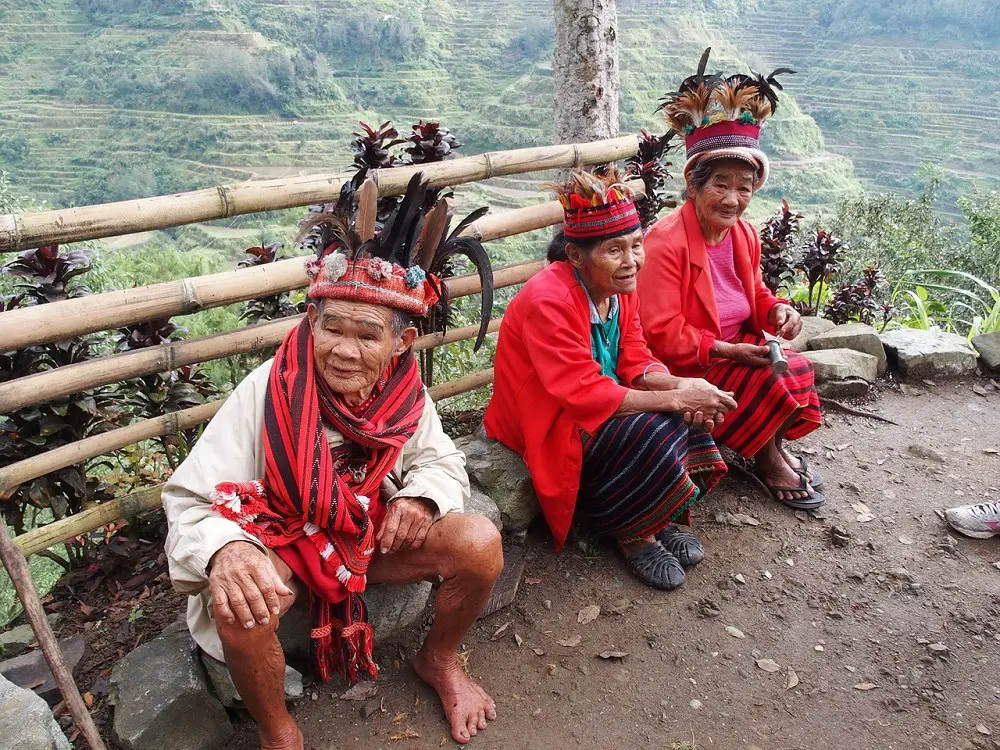
Is the Philippines Safe to Visit?
I’m a member of several backpacking groups online and one of the most common questions about the Philippines is whether it’s safe to visit. This is actually a reasonable concern since safety is a top consideration when visiting a country. I’m not going to shame people whose sole resource of information is the media because it’s easy to get swayed with news items and one-sided reporting. Rather, I’m here to offer my perspective on the travel conditions in the Philippines.
I’ve been raised and lived in this country for about 3 decades and I have backpacked — solo and with other people — to various provinces, so it’s fair to say that I’m more than qualified to answer this.
Answer: Yes, the Philippines is a safe country to visit!
Not only is it safe, you might even be surprised to discover that locals are warm and hospitable especially to foreign visitors. It’s easy to meet new friends or seek help whether it’s for simple things like asking for directions or emergency matters.
You’ll find that Filipinos are a happy bunch, they laugh a lot and they are eager to make you feel at home.
Safety issues in the Philippines
Before anything else, it’s important for you to understand a little bit about the Philippines.
A little background
The Philippines is composed of 3 major island groups: Luzon, Visayas and Mindanao. Its capital city is Manila which is located in Luzon, so this is what a lot of tourists are familiar with.
Luzon and Visayas are safe places to visit. Luzon is a great place to explore cities and land-locked provinces where you can hike, discover waterfalls and even immerse yourself in local and tribal communities. Visayas meanwhile offers islands which are great for activities such as island hopping, snorkeling and diving.
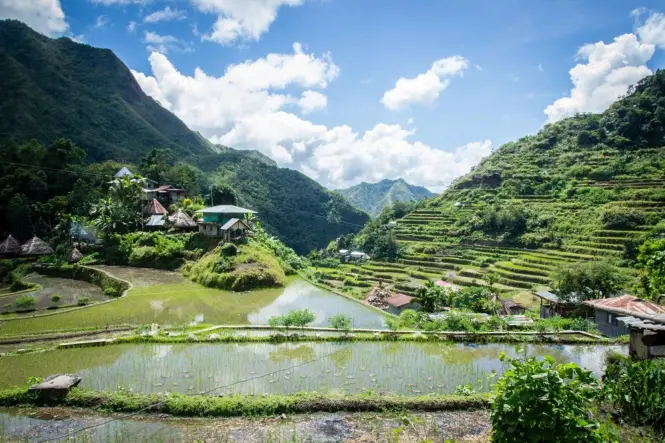
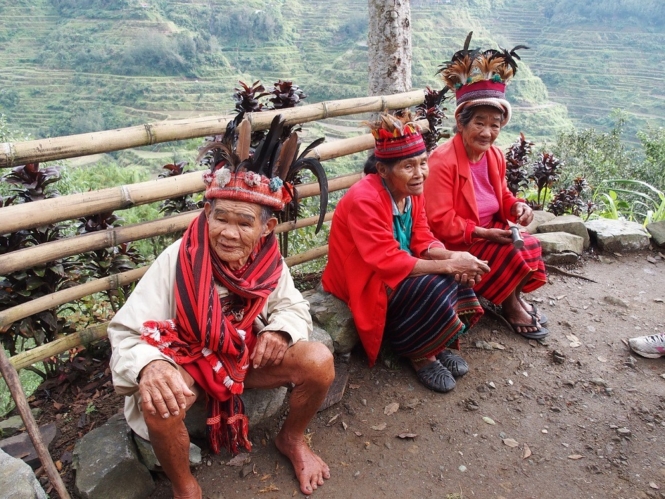
In my opinion though, the most virgin attractions in the country can be found in Mindanao. However, this is where the safety issue comes in.
Traveling in Mindanao
Let me be clear: Mindanao is a vast area and it’s composed of several provinces so to say that Mindanao isn’t safe isn’t fair. Most of Mindanao is safe to travel to.
In fact, there are locations that are regularly visited by local and foreign tourists alike. Some of these include Cagayan de Oro, Camiguin and Bukidnon, to name a few.
Let’s discuss the rest.
Zamboanga City is a vibrant city that serves as a gateway to other provinces in Mindanao. It faces a security stigma too, but as per the tourism people I’ve talked with — including my own experience visiting there — it’s safe. In fact, one of my best experiences is staying in this city for the Zamboanga Hermosa Festival. I had fun watching festivities and competitions and I had week-long food trip to visit the best local restaurants, which reflect the local dishes across the peninsula.
Another province that is safe despite its reputation is Tawi-Tawi. Tawi-Tawi is one of my favorite places in the Philippines. The locals are very friendly and kind, and it’s a laid-back destination where you can island hop, hike or immerse yourself in the community.
As for Basilan and Sulu, these provinces welcome both local and foreign tourists but take note that (as of my visit in November 2019) tourists are advised to coordinate properly with the respective tourism offices prior to their scheduled trip. Military escorts may be required during tours. This is true for Sulu in particular, where we spent 2 days island hopping and exploring the town with military escorts in tow. It’s important to note that there are still areas in Sulu with active military engagement, and itineraries are limited only to secure locations.
For safety, it’s better to avoid the last areas mentioned particularly if you’re a foreigner.
Traveling elsewhere
Another location that is frequently asked about is Palawan, which is part of Luzon. El Nido and Coron are established tourist attractions, so these are safe. A few areas in Palawan are still in development though, particularly in the south. I’d been to the islands of Balabac in the southernmost tip of Palawan twice and in my opinion not only is it safe, it’s also becoming more open to tourism.
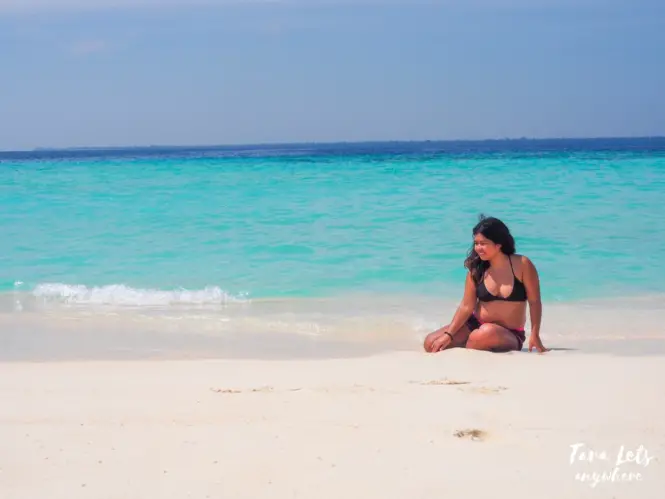
My experience in backpacking
Whenever I backpack in the country, my topmost concerns are mainly the weather (since I like traveling during the off-peak season which is the rainy months) and budgeting. So far, there was only one time when I felt unsafe and this was when I hired a tour guide who expressed an interest in me and made me uncomfortable. However, I chalk that as an exception rather than the rule.
Case in point: the Philippines receive millions of tourists each year and a lot of them have a great time. As long as you research and plan about your trip, you should be safe.
Safety Tips for Visiting the Philippines
Here are other safety tips for visiting the Philippines.
1. Coordinate with local tourism offices
Each province is managed by a provincial tourism office and these offices usually keep a Facebook page and/or website. If you’re unsure about the place you’re planning to visit, you can contact the designated tourism office for advice and recommendation.
2. Stay in secure neighborhoods
The country is safe to visit as a whole, but as a traveler you should always keep your head with you. Use common sense and trust your intuition.
If you’re staying in Manila, it’s best to stay in secure neighborhoods such as Makati and Taguig. Avoid seedy places particularly in several areas in Pasay or Malate, where there are more instances of pickpockets and thefts.
Avoid holding out your phone in public even when seemingly safe inside public vehicles such as jeepneys. Avoid putting valuables on the shallow or back pockets of your bag. Lastly, keep watch of your belongings at all times.
3. Choose how to commute
Tricycles and jeepneys are the most common public utility vehicles used in the Philippines. It’s cheap and safe to ride — it might even be a new experience for you!
Taxis are also an option but they are known to be picky on drop-off destinations and they may ask for a fixed fare instead of using a meter. Not all taxis are like these, but it’s common enough that they are notorious for it. So far, the current administration has passed on stricter regulations to make it easy to report taxi operations like these, but let’s be honest, if you’re simply here for a few days/weeks, do you have the time?
Good alternative options include the mobile apps Angkas for cheap motorcycle rides or Grab for (premium-priced) car or taxi rides.
4. Know local emergency numbers
It’s best to know your emergency numbers. For medical emergency or police help, dial 911. This number was adopted from the US because Filipinos are already familiar with it.
5. Lastly — Enjoy!
Do your own research and you’ll find that a lot of people have had a great time exploring the country. My last advise would be to enjoy your time here!
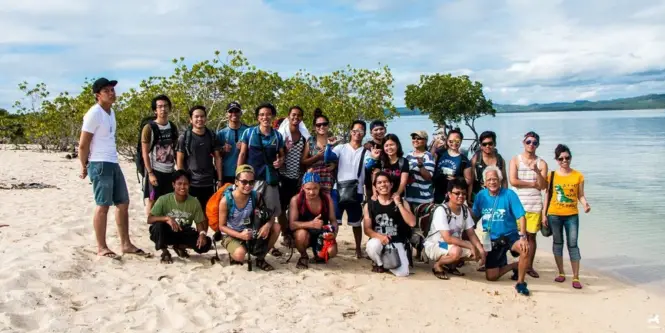
Have you been to the Philippines? Do you have any questions or experiences you’d like to share? Put them in the comment section below!
What to read next:
Planning a trip to the Philippines? Check out these guides!
- First-Timers Guide to the Philippines
- Best Places to Visit in the Philippines
- Things You Need to Know Before Visiting the Philippines
- Is the Philippines Safe to Visit?
- Off-the-Beaten-Track Destinations in the Philippines
- Suggested 2 Weeks Itinerary in the Philippines
- Suggested 3 Weeks Itinerary in the Philippines
- Philippines Packing List
Others:
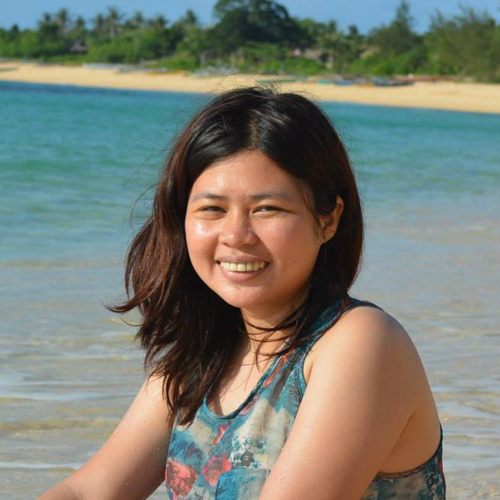
Katherine Cortes is a long-time backpacker and a freelance writer/editor. She likes beaches, snorkeling trips, and relaxing staycations (preferably with bath tubs!).




3 Comments
Eduardo Maresca
I find the Philippines a very safe place for foreigners who are fluent in Tagalog, I actually felt safe even in Quiapo by night….
oldbirdtravels
I adored the Philippines, not so much Manila, and as an old bird can confirm it’s a pretty safe place to travel. Oh and it’s beautiful! I was solo and safe and loved it. (Hmmm karaoke not so much
charly
Great insights. Yep, i remember one time i had American friends panic when the Prez called for a ‘state of emergency’ over manila. I told them not to panic, and sure enough, after 5 days, they get back to me saying their post-Super Bowl violence was far more dangerous than our stte of emergency.